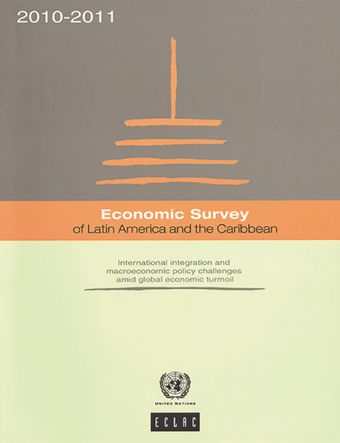Suriname

- Автор: Economic Commission for Latin America and the Caribbean
- Main Title: Economic Survey of Latin America and the Caribbean 2010-2011 , pp 257-261
- Дата публикации: декабря 2011
- DOI: https://doi.org/10.18356/f9873ace-en
- Language: Английский
The economy of Suriname continued to perform robustly in 2010, recording 4.4% growth, compared with 2.2% in 2009. This performance was driven by buoyant activity in the construction sector and increased government spending. The overall fiscal balance is estimated to have gone from a surplus at 3.5% of GDP in a deficit of 14.1% of GDP in 2010. The inflation rate rose to 10% at the end of the year, owing to higher prices for food and fuels and wage increases awarded to civil servants. By February 2011, inflation had accelerated to 18.8 %, and remains a concern to policymakers. Meanwhile, in early 2011, the authorities devalued the Surinamese dollar by 20%, bringing the official rate in line with the rate in the parallel market. The balance-of-payments current account surplus is estimated to have improved significantly (by 230.7%) to stand at US$ 692.2 million or approximately 2% of GDP, owing to strong prices for mineral exports. Net international reserves increased by US$ 34.3 million to US$ 757.1 million at the end of the year, which represents approximately four months of imports.
-
From This Site
/content/books/9789210550116s007-c009dcterms_title,dcterms_subject,pub_keyword-contentType:Journal -contentType:Contributor -contentType:Concept -contentType:Institution105



